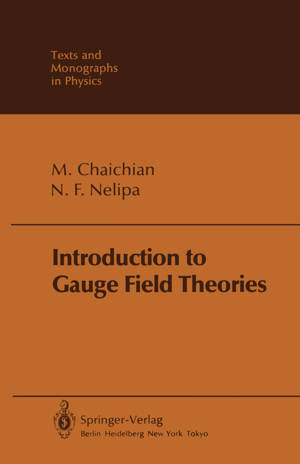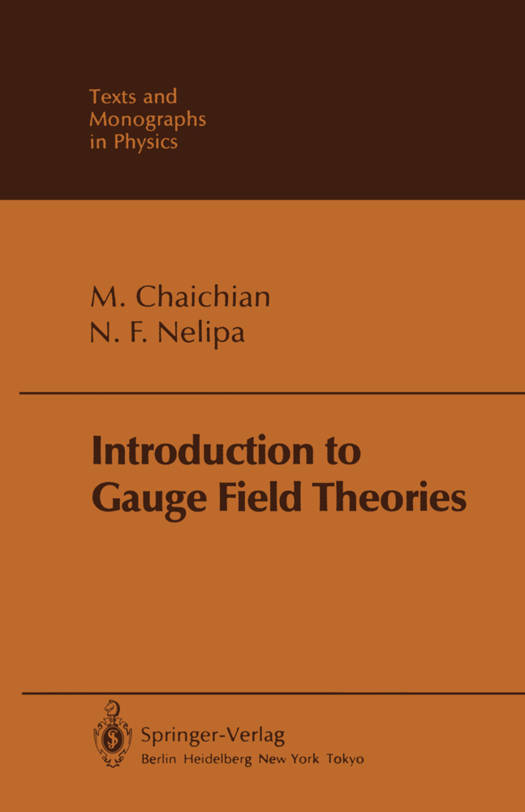
- Afhalen na 1 uur in een winkel met voorraad
- Gratis thuislevering in België vanaf € 30
- Ruim aanbod met 7 miljoen producten
- Afhalen na 1 uur in een winkel met voorraad
- Gratis thuislevering in België vanaf € 30
- Ruim aanbod met 7 miljoen producten
Zoeken
Omschrijving
In recent years, gauge fields have attracted much attention in elementary par- ticle physics. The reason is that great progress has been achieved in solving a number of important problems of field theory and elementary particle physics by means of the quantum theory of gauge fields. This refers, in particular, to constructing unified gauge models and theory of strong interactions between the elementary particles. This book expounds the fundamentals of the quantum theory of gauge fields and its application for constructing unified gauge models and the theory of strong interactions. In writing the book, the authors' aim was three-fold: firstly, to outline the basic ideas underlying the unified gauge models and the theory of strong inter- actions; secondly, to discuss the major unified gauge models, the theory of strong interactions and their experimental implications; and, thirdly, to acquaint the reader with a rather special mathematical approach (path-in- tegral method) which has proved to be well suited for constructing the quantum theory of gauge fields. Gauge fields are a vigorously developing area. In this book, we have select- ed for presentation the more or less traditional and commonly accepted mate- rial. There also exist a number of different approaches which are presently being developed. The most important of them are touched upon in the Conclusion.
Specificaties
Betrokkenen
- Auteur(s):
- Vertaler(s):
- Uitgeverij:
Inhoud
- Aantal bladzijden:
- 332
- Taal:
- Engels
- Reeks:
Eigenschappen
- Productcode (EAN):
- 9783642821790
- Verschijningsdatum:
- 12/02/2012
- Uitvoering:
- Paperback
- Formaat:
- Trade paperback (VS)
- Afmetingen:
- 156 mm x 234 mm
- Gewicht:
- 485 g

Alleen bij Standaard Boekhandel
+ 158 punten op je klantenkaart van Standaard Boekhandel
Beoordelingen
We publiceren alleen reviews die voldoen aan de voorwaarden voor reviews. Bekijk onze voorwaarden voor reviews.








